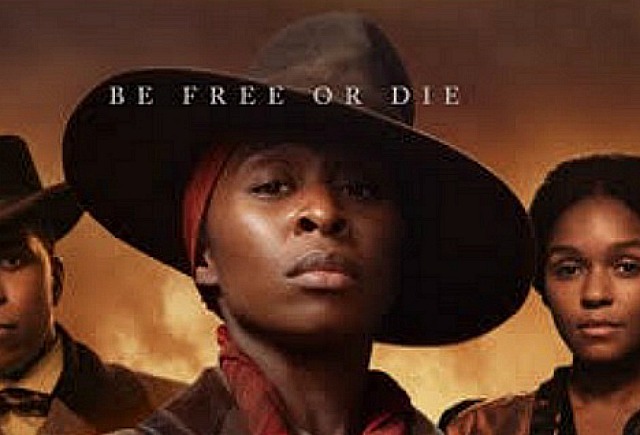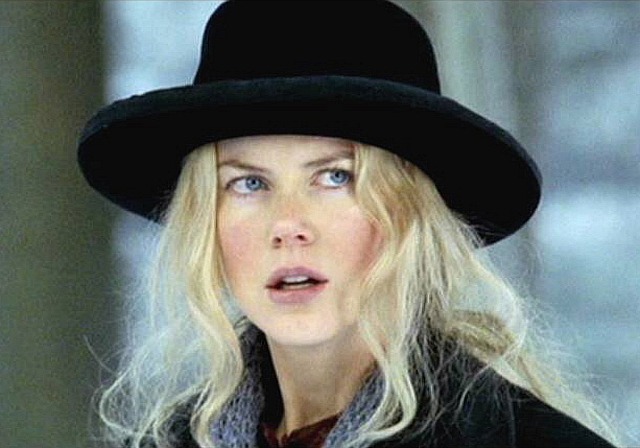Remember Anthony Minghella‘s Cold Mountain (’03), which came to be regarded as “a movie about a man walking through the woods”? And how some wags referred to it as “J. Crew Mountain” because of the stylish-looking garb (especially the hats) worn by costars Nicole Kidman and Renee Zellweger?
Well, a similar stylish look has been adopted by Cynthia Erivo in her portrayal of the great Harriet Tubman in Kasi Lemmons’ biopic.
Harriet was basically killed by critics (59% on Rotten Tomatoes, 63% on Metacritic) when it premiered last week at the Toronto Film Festival.
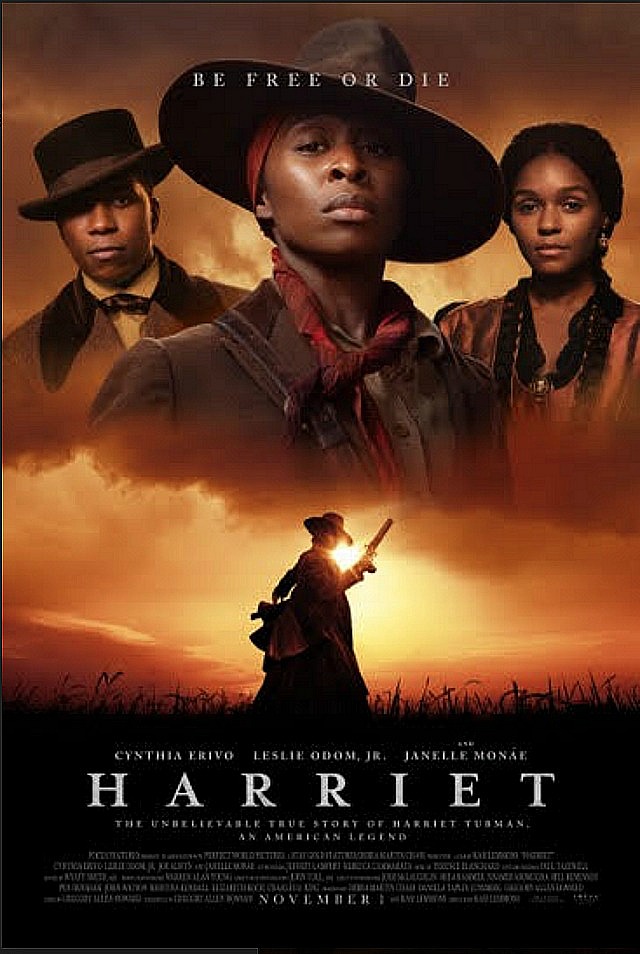
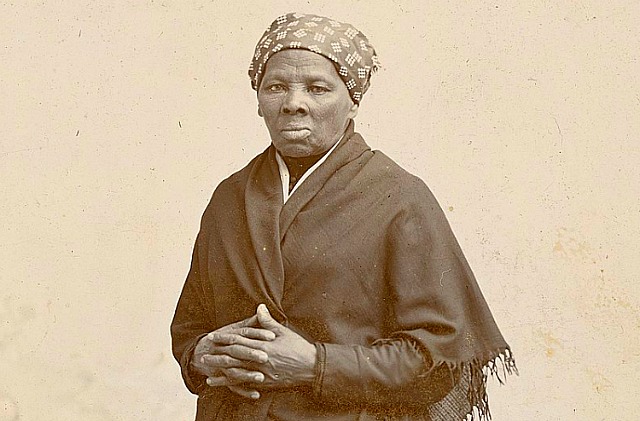
Harriet Tubman sometime in the 1880s or thereabouts.
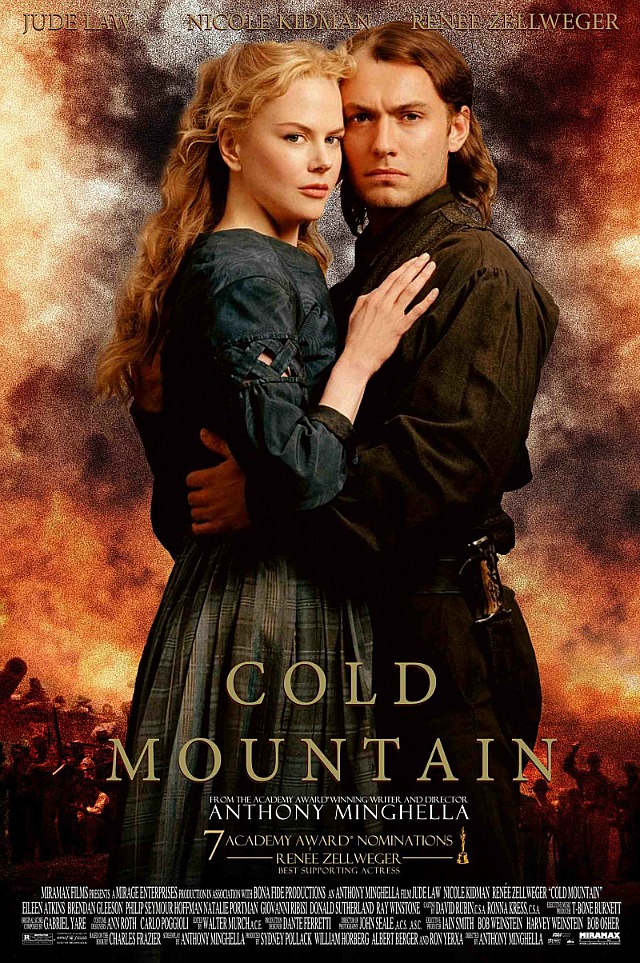
In the film Erivo’s Harriet mostly wears the tightly-wrapped headgear that Tubman herself wore when photos were taken of her during the late 1800s and early 1900s.
But in the Harriet poster Erivo is decked out like a kind of Annie Oakley figure, wearing a very cool-looking widebrim hat, a red scarf underneath, and a nifty-looking suede jacket with a shoulder strap of some kind. There’s also an insert shot of Harriet holding a musket that she’s either recently fired or is about to fire….blam!
Just as your typical Civil War-era female farm owner was never dressed as fetchingly as Nicole Kidman, Harriet Tubman was never dressed like a rootin’ tootin’ star of a hit western TV series.
Did Harriet actually shoot guys with a musket? Her Wikipedia bio says yes. “Tubman also carried a revolver, and was not afraid to use it,” it says. “The gun afforded some protection from the ever-present slave catchers and their dogs; however, she also purportedly threatened to shoot any escaped slave who tried to turn back on the journey since that would threaten the safety of the remaining group.
“Tubman told the tale of one man who insisted he was going to go back to the plantation when morale got low among a group of fugitive slaves. She pointed the gun at his head and said, ‘You go on or die.’ Several days later, he was with the group as they entered Canada.”
Tubman boilerplate: “Harriet Tubman (March 1822 to March 10, 1913) was an American abolitionist and political activist. Born into slavery, Tubman escaped and subsequently made some 13 missions to rescue approximately 70 enslaved people, including family and friends, using the network of antislavery activists and safe houses known as the Underground Railroad.
“She later helped abolitionist John Brown recruit men for his raid on Harpers Ferry. During the American Civil War, she served as an armed scout and spy for the Union Army. In her later years, Tubman was an activist in the struggle for women’s suffrage.”
